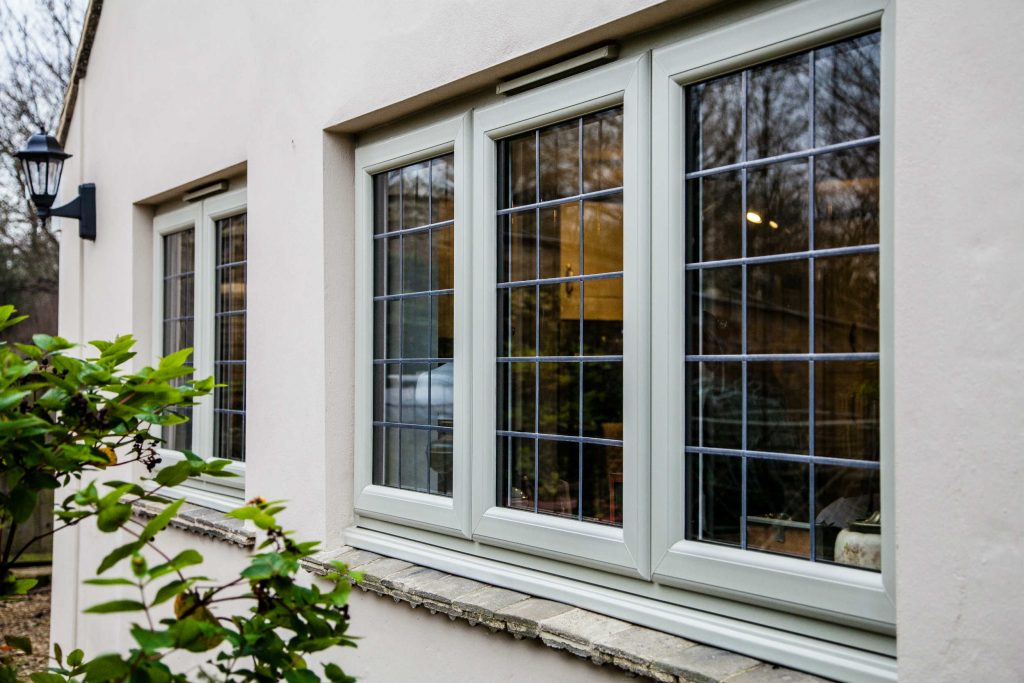All Categories
Featured
Table of Contents
Plastic Window Frames - Best Plastic Double Glazed ... in Joondanna WA
Glazing simply suggests the windows in your home, including both openable and fixed windows, along with doors with glass and skylights. Glazing actually simply indicates the glass part, but it is typically utilized to describe all elements of an assembly including glass, films, frames and home furnishings. Taking notice of all of these elements will assist you to achieve reliable passive design.

Energy-efficient glazing makes your house more comfy and dramatically reduces your energy expenses. Nevertheless, inappropriate or poorly designed glazing can be a major source of undesirable heat gain in summer and significant heat loss and condensation in winter season. As much as 87% of a house's heating energy can be gained and approximately 40% lost through windows.
What Are The Benefits Of Double Glazed Windows? in Madeley Western Australia
Glazing is a considerable financial investment in the quality of your house. The cost of glazing and the expense of heating and cooling your house are closely associated. An initial financial investment in energy-efficient windows, skylights and doors can significantly decrease your annual cooling and heating expense. Energy-efficient glazing also lowers the peak heating and cooling load, which can minimize the required size of an air-conditioning system by 30%, leading to more expense savings.

This tool compares window choices to a base level aluminium window with 3mm clear glass. Understanding a few of the essential residential or commercial properties of glass will assist you to select the very best glazing for your house. Secret properties of glass Source: Adjusted from the Australian Window Association The quantity of light that passes through the glazing is referred to as visible light transmittance (VLT) or noticeable transmittance (VT).
The Surprising Benefits Of Double Glazing In The Summer ... in Scarborough Western Australia
The U worth for windows (expressed as Uw), describes the conduction of the whole window (glass and frame together). The lower the U worth, the greater a window's resistance to heat circulation and the much better its insulating value.
For example, if your house has 70m2 of glazing with aluminium frames and clear glass with a U worth of 6. 2W/m2 C, on a winter season's night when it is 15C chillier outside compared with inside your home, the heat loss through the windows would be: 6. 2 15 70 = 6510W That is equivalent to the overall heat output of a large space gas heater or a 6.
Why Is Double Glazing So Important In Winter? in Warwick Western Australia

If you select a window with half the U value (3. 1W/m2 C) (for example, double glazing with an argon-filled gap and less-conductive frames), you can halve the heat loss: 3. 1 15 70 = 3255W The solar heat gain coefficient (SHGC) for windows (expressed as SHGCw) measures how easily heat from direct sunshine streams through a whole window (glass and frame together).
The lower a window's SHGC, the less solar heat it transmits to the house interior. The real SHGC for windows is impacted by the angle that solar radiation strikes the glass.
Double Glazing For Warmer Temperature : R/melbourne in Jandakot WA
When the sun is perpendicular (at 90) to the glass, it has an angle of occurrence of 0 and the window will experience the optimum possible solar heat gain. The SHGC stated by glazing producers is constantly calculated as having a 0 angle of occurrence. As the angle increases, more solar radiation is reflected, and less is transmitted.
Latest Posts
Double Glazed Windows in Floreat Perth
Insulated Glass Unit – Igu in Lathlain Perth
What Is Triple Glazing? - Infinite Windows in Attadale Perth